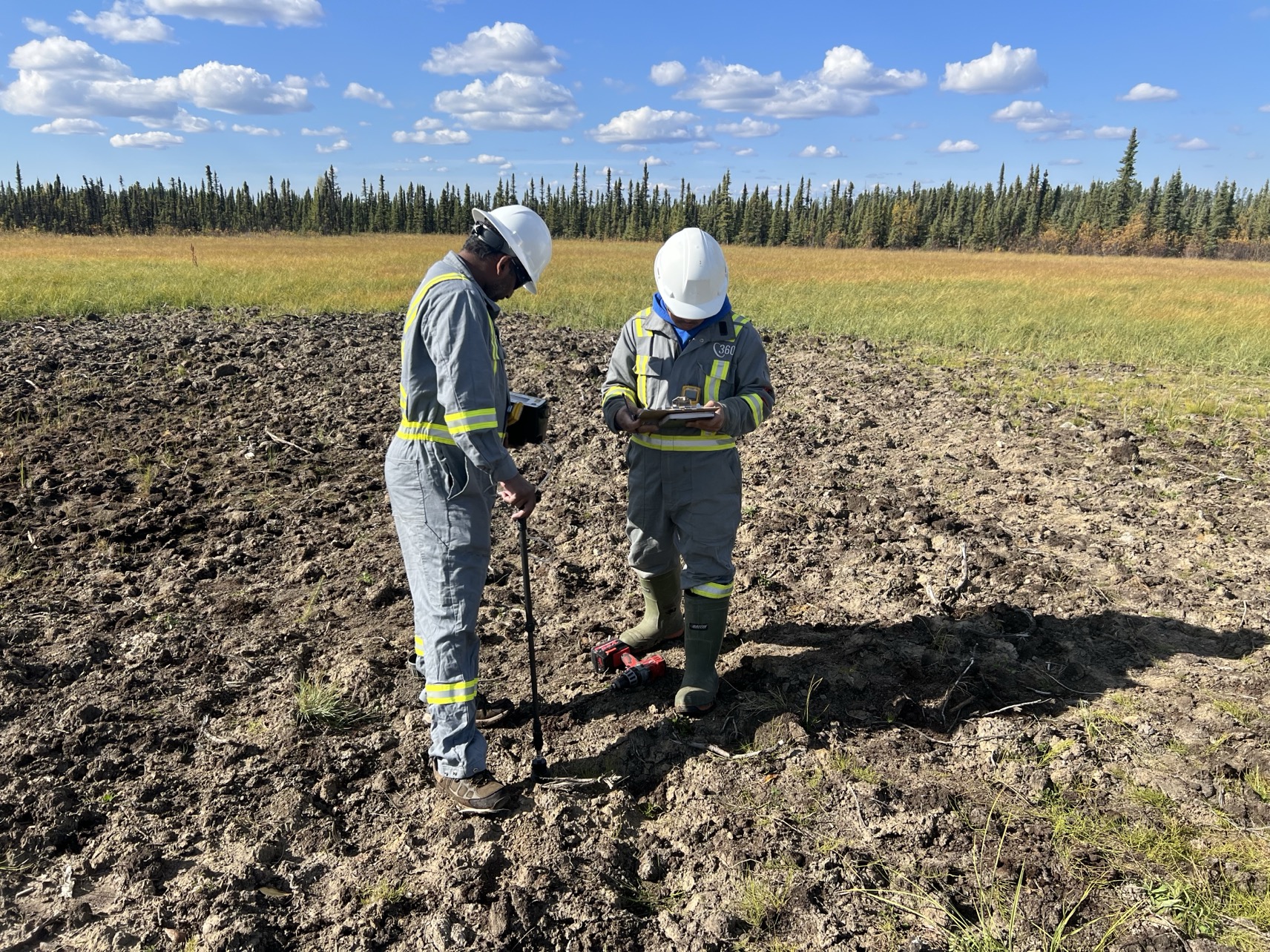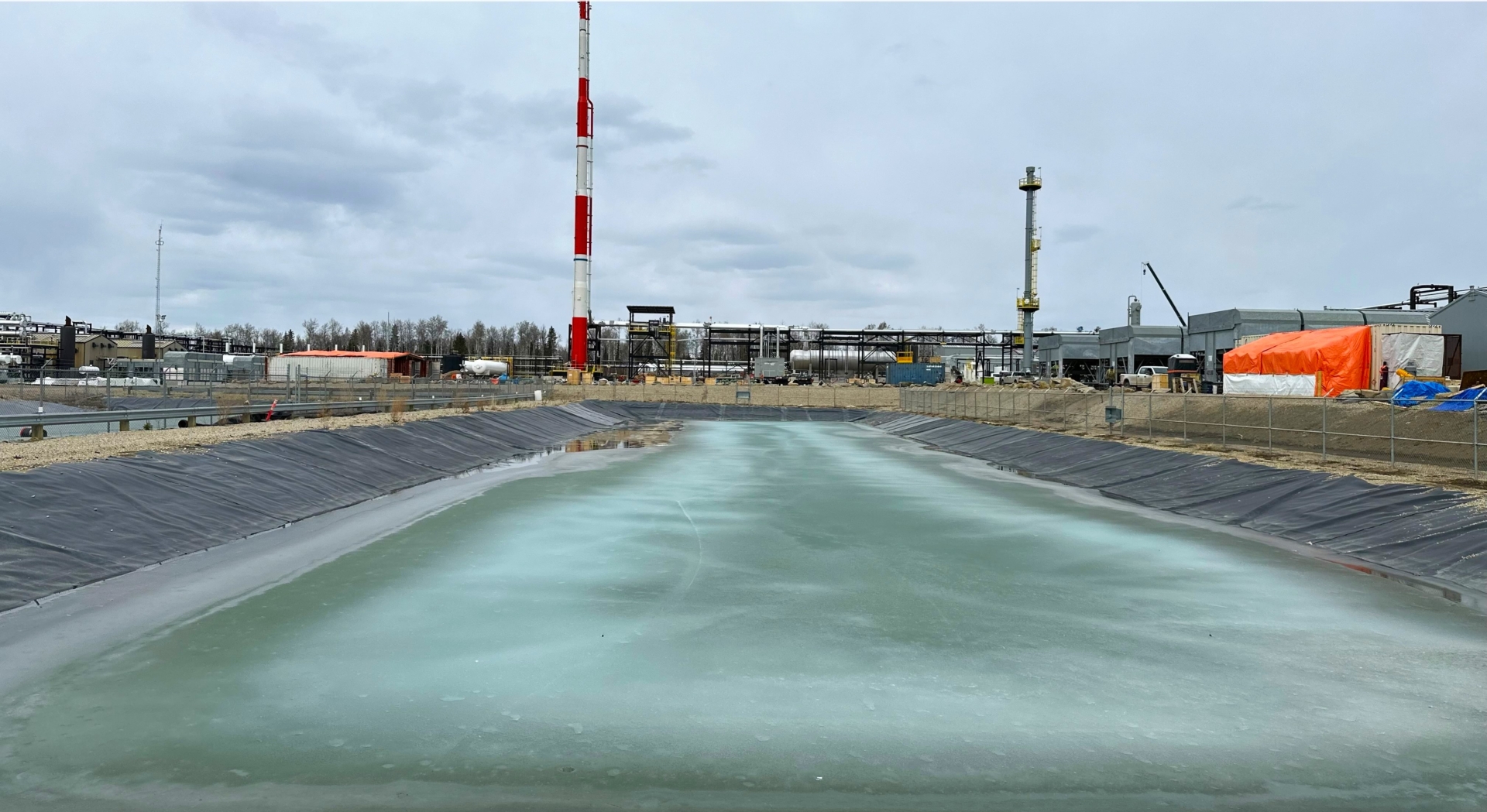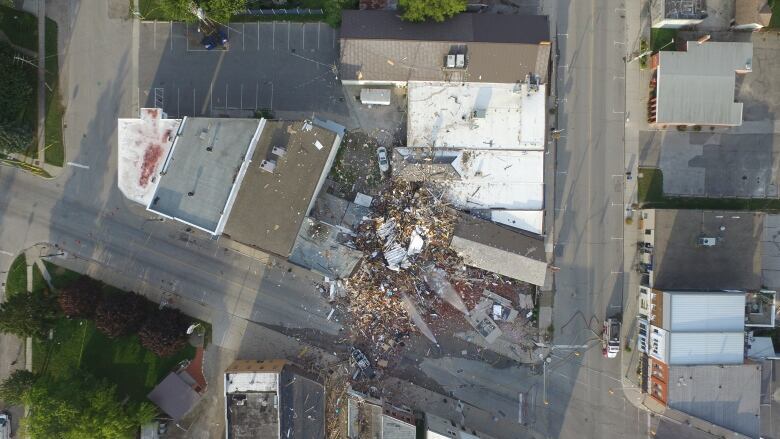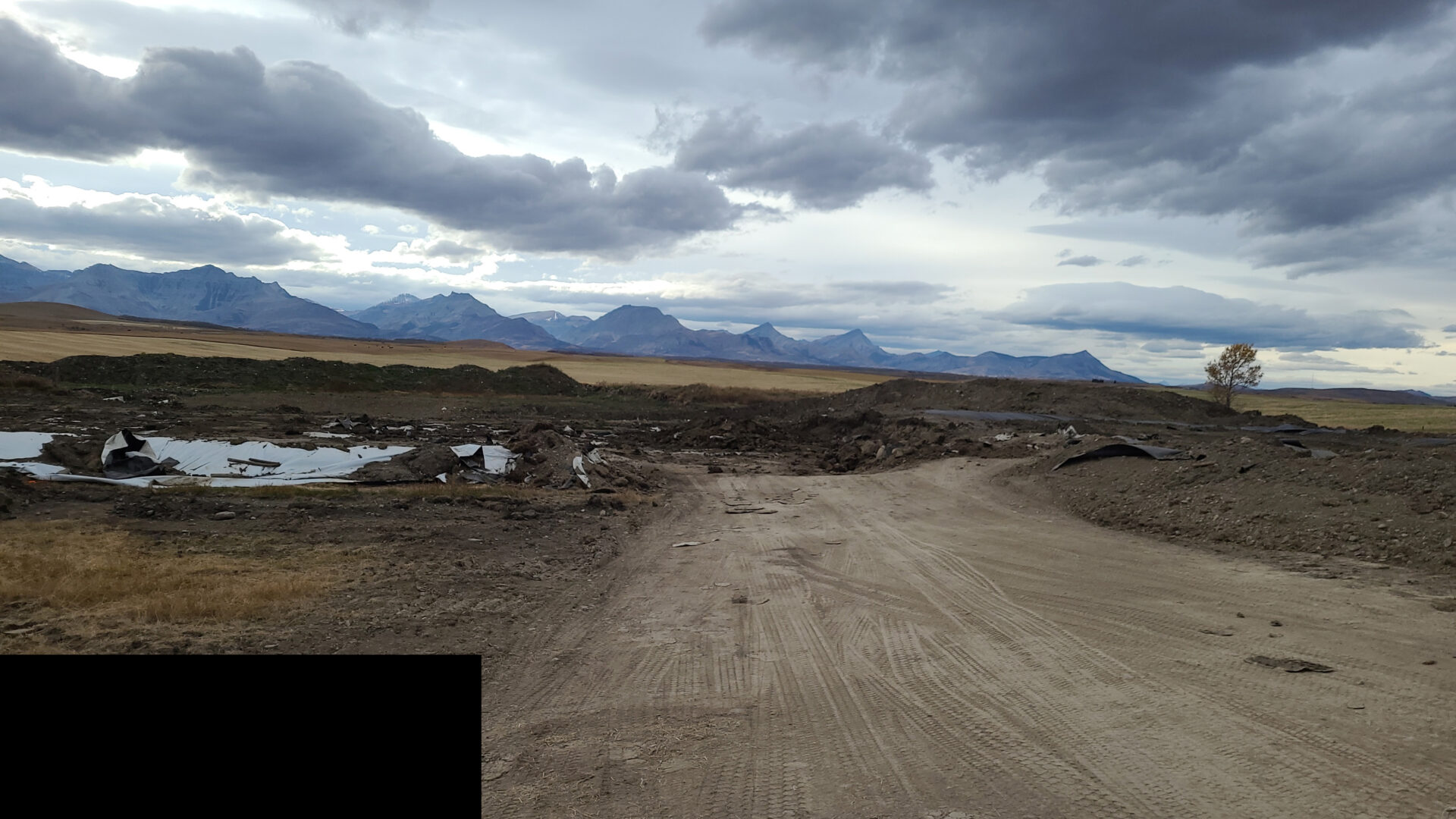As May marks the 1-year milestone for the federal funding initiatives designed to assist with site closure, we look back at some of the lessons learned over the first year and position for the remaining 20 months of the program(s).
A bit of Chaos
We think it is fair to say that the energy sector in Western Canada does not have a long track record of accepting large injections of funding from the federal government. The strength of the people in this industry has been built on decades of riding volatile commodity prices with minimal federal government support – that is not a politicized statement but is rather based on comparisons made against some of the other prevalent Canadian economic drivers. We have taken pride in our grit, entrepreneurial spirit, hard work and being able to find opportunities in dire times. When the federal government announced that $1.7B would be sent to the Western provinces to put towards energy projects it may have caught us off guard. There are a multitude of reasons why the uptake was slow in the beginning, suffice to say that there was some inexperience from the Energy industry in receiving such handouts. Additional issues with respect to provincial directions, different variations on funding models, multiple periods of funding etc. have lent themselves to a bit of chaos at times. With that said, we are fairly confident that all stakeholders in Energy are starting to find the rhythm and are adapting to the nuances of the program(s).
Closure vs. (Just) Spending
It is fair to say that the government programs have provided increased energy sector activity but just as importantly we have noticed that many producers have redirected conversations around liability towards site closure. Projects that typically have had minimal regulatory based incentives such as pipeline abandonment and site reclamation and remediation are being worked on inside the program. We may then ask the question, why would that be? The regulatory frameworks in place still give little benefit to those willing to complete some of these projects, and the majority of those frameworks have not changed. We think the answer lies in the ability of teams to look at abandonment and reclamation projects in a new way given the structure of the program. With relatively large and consistent budgets teams are able to put together project plans with a timeline in place that focuses on maximizing return on investment. With IWCP and D13 requirements aside and having the freedom to work on projects that do not necessarily have to adhere to capital funding constraints or regulatory transfer agreements, there is an opportunity to focus on return on investment and even redefine what that means.
Program Legacy
In our circles we are already hearing the question “what will be the legacy of the program?”. An obviously difficult question to answer, but perhaps the legacy is that the nation will look at funding the energy industry in new ways going forward or perhaps federal initiatives might become something more “normal” or consistent. Or maybe the legacy is a shift in thought process when looking at asset retirement that enables project selection to be based on ROI, opex reduction or corporate health targets.
Regardless, there is no doubt that we will look back at the end of 2022 and decide on the efficacy of the programs but also to ponder what the future holds for the ever-shifting landscape that is site closure.
Best,
Adam
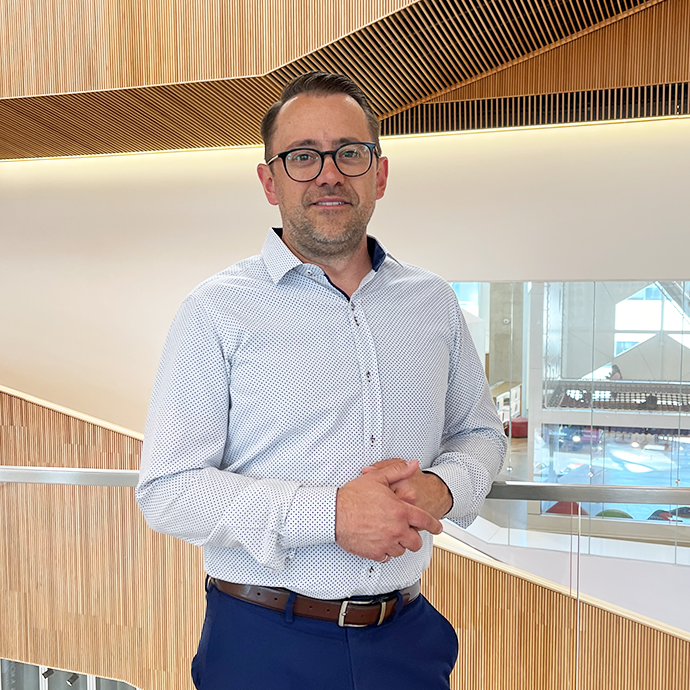
About the Author
Adam Derry, P.Eng., Director of Engineering
Adam brings over 12 years of energy industry experience to the 360 team, with three of those years as a wellsite supervisor. Beginning as a drilling rig floorhand, Adam has complemented his engineering skillset with hands-on experience in a variety of field operations including drilling/completion and abandonment of oil and gas wells, facility commissioning, and facility decommissioning. He is a Professional Engineer in good standing with APEGA and PEO and is currently serving the Drilling and Completions Committee of Energy Safety Canada by volunteering as Co-Chair of IRP-30 – Temporary Wellbore Suspensions.





